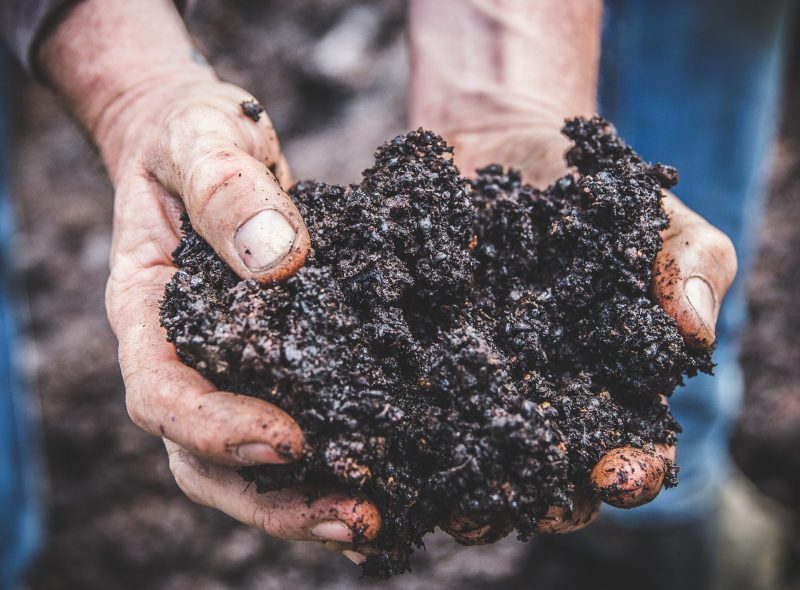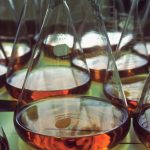With the Grapegrower & Winemaker’s annual theme focusing on climate change, journalist Samuel Squire turned his attention to Victoria’s Crittenden Estate, which, for decades, has been at the forefront of moves toward more sustainable and eco-friendly vineyard practices.
The Mornington Peninsula producer recently received global recognition by winning top honours at the 2020 International Sustainable Winegrowing Competition held by the Botanical Research Institute of Texas in conjunction with FIVS, the world-wide federation working for sustainability in the alcohol beverage sector.
Through its many years of pushing the envelope by trialling new methods, Crittenden Estate has been a pioneer of sustainability in the wine industry in Victoria, and in Australia as a whole.
Sustainability is at the heart of the grape and wine producer’s ambitions for the future, especially in a changing and warmer climate.
Winemaker and viticulturist Rollo Crittenden said approaches to both vineyard and winery operations have undergone constant change with the clear aim of improving the business’ overall sustainability.
Among the changes implemented have been a move to abandon all artificial fertilisers in order to better soil health and the introduction of solar panelling for the winery.
Steps have also been taken to provide ‘A-class’ water to the vineyard by recycling water for irrigation. And although Crittenden Estate goes by the adage that ‘Rome wasn’t built in a day’, it’s firmly believed that all the effort put into transitioning away from conventional practices is well worth it.
“The best thing wineries and vineyard owners can do when making the shift to sustainable wine producing is to take their time, work slowly and trial what works best for them,” Rollo Crittenden said.
“For us, when we started becoming more and more sustainable, we noticed that our soil quality was degraded from chemical saturation, which was having an impact on the fruit’s flavour.
“We started making a change to natural and organic herbicides, which admittedly are more expensive over time, and we noticed major improvements.”
Crittenden continued that the biggest challenge that comes with initiating change has been “facing into the abyss of the unknown”, with challenges arising such as having to manage weeds without relying on synthetic chemicals.
“We were really staring into the black with this. Everyone’s vineyard and winery is different in one way or another, so we couldn’t compare our estate to others. We were really on our own and trialling what worked best for us,” he revealed.
“When you make that decision to become sustainable or eradicate synthetic chemicals, it really is like staring into the abyss. You don’t know which way to jump – it’s very daunting.
“[The] best way to get around that is a steady pace of trial and error. It takes time to see which techniques are successful and which aren’t – if that means backtracking when things don’t work, then take that time to do so.”
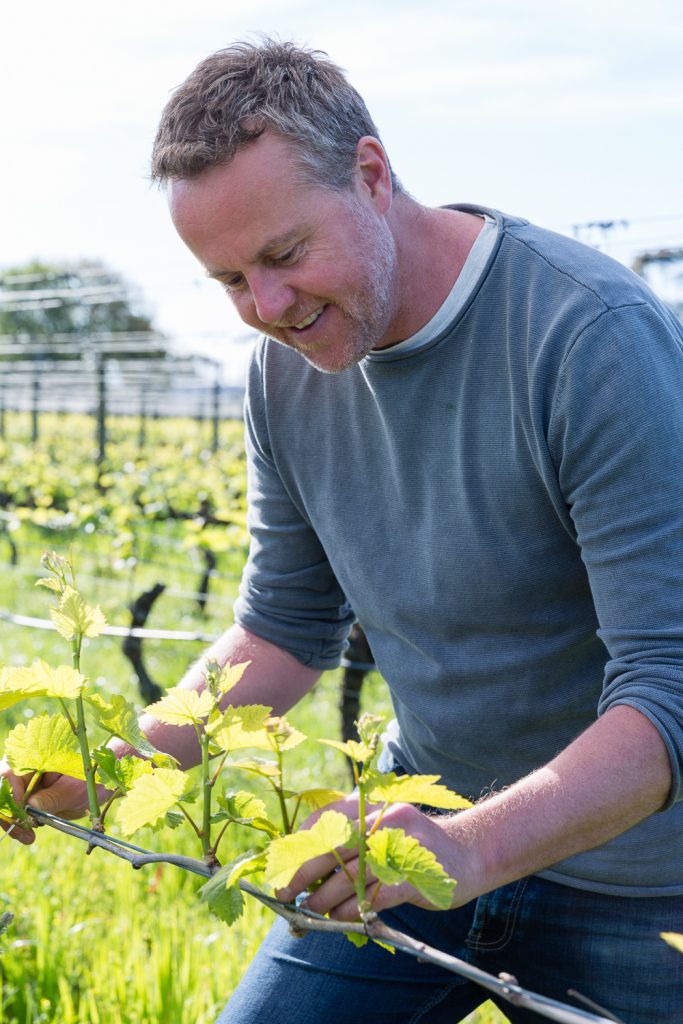
Changing weather, rising temperatures
With weather patterns shifting and temperatures rising, Crittenden believes that the time may now be right for more grape and wine businesses to examine their options for sustainable production in order to maintain their viability.
“Even though it is a lot of physical and financial effort to convert vineyards and wineries to being sustainable, it is by far the most logical thing to do,” he said.
“Since we started being more sustainable, our fruit quality and flavour has increased immeasurably – and the fruit has become more resilient to extreme weather conditions,” he said.
“I’m a firm believer that sustainable viticultural practices are one of the tools we have to mitigate the extreme weather conditions which are becoming more and more frequent due to a changing climate.”
Crittenden outlined one of the practices that helps to increase fruit quality in his vineyard: growing mid-row crops and flattening them once fully grown to increase potential for soil water retention.
“In the past decade, we have embraced new ways of caring for our soil, including the abandonment of all chemicals in favour of an innovative program of interrow cropping of peas and oats and a 12-month composting regime that has led to significant improvements in soil health,” he said.
“What happens is that, rather than mow our mid-row plants, we flatten them with a crimper-style roller that we created specifically for this job.
“When the flattened plant material degrades and breaks down into the soil, they help it retain moisture and water better, which means we can irrigate less and we use a lot less water.”
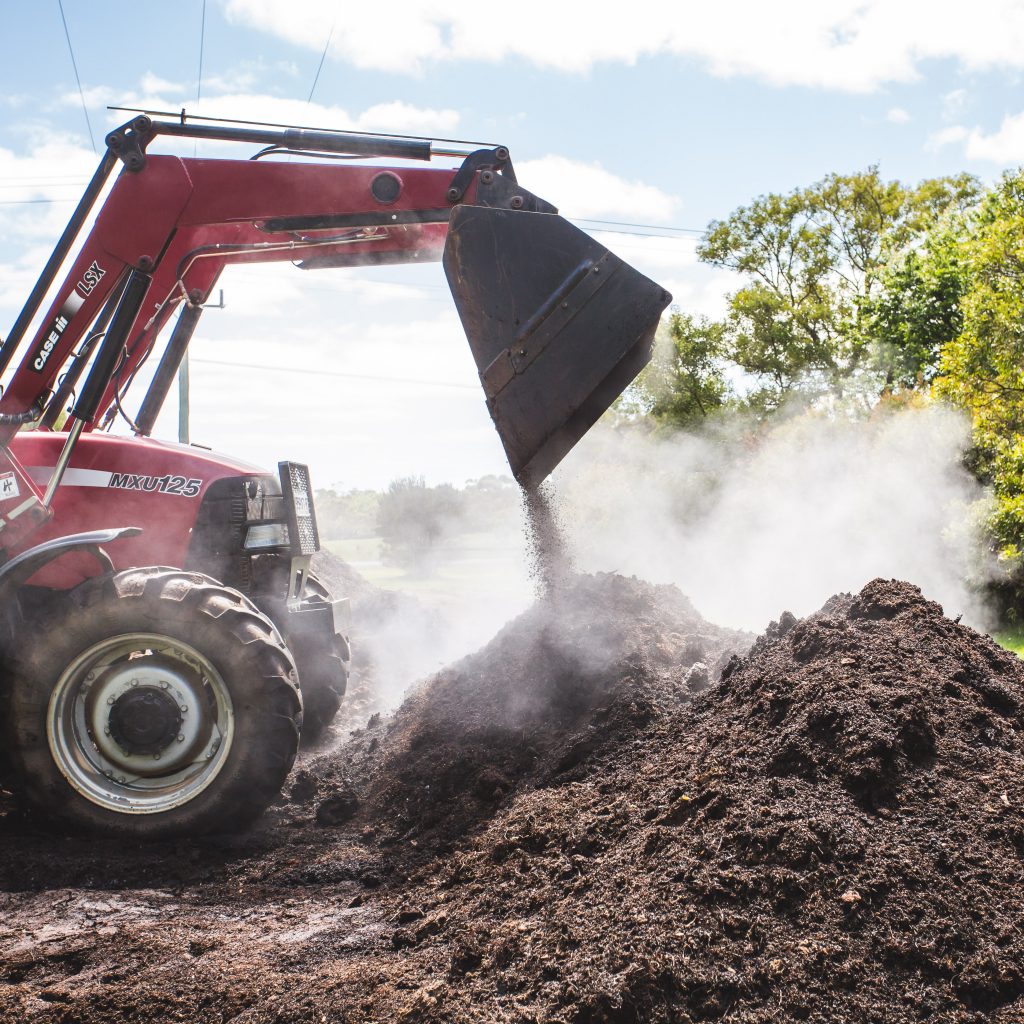
Sustainable viticulture and winemaking go ‘hand-in-hand’
When asked about the relationship between sustainable viticulture and winemaking practices, Crittenden said that the dynamic between the two was complementary, and that they fit each other ‘hand-in-hand’.
He said when both vineyard and winery become sustainable, the result is that the overall quality of the wine can be improved, thus bolstering the reputation of the wine label. “Improving sustainability in our vineyard is crucial.
The more work we put in there, the [more] hands-off we can be in the winery,” he said.
“We don’t have to macerate skins or adjust acid level nearly as much because we have so much flavour in the fruit at time of ripening; we have found a great balance.
“We’re not looking to be certified organic either. That way we would be known as an organic wine producer, not a winery making great wines. We’re looking to improve soil and vine health rather than appease the status quo.
“For us, it’s more about making good wines and being sustainable, driven [by] the processes beyond organics.”
Asked about the intricacies of running both a sustainable vineyard and winery, Crittenden noted that this can actually be more cumbersome in workload than operating more conventional vineyards and wineries.
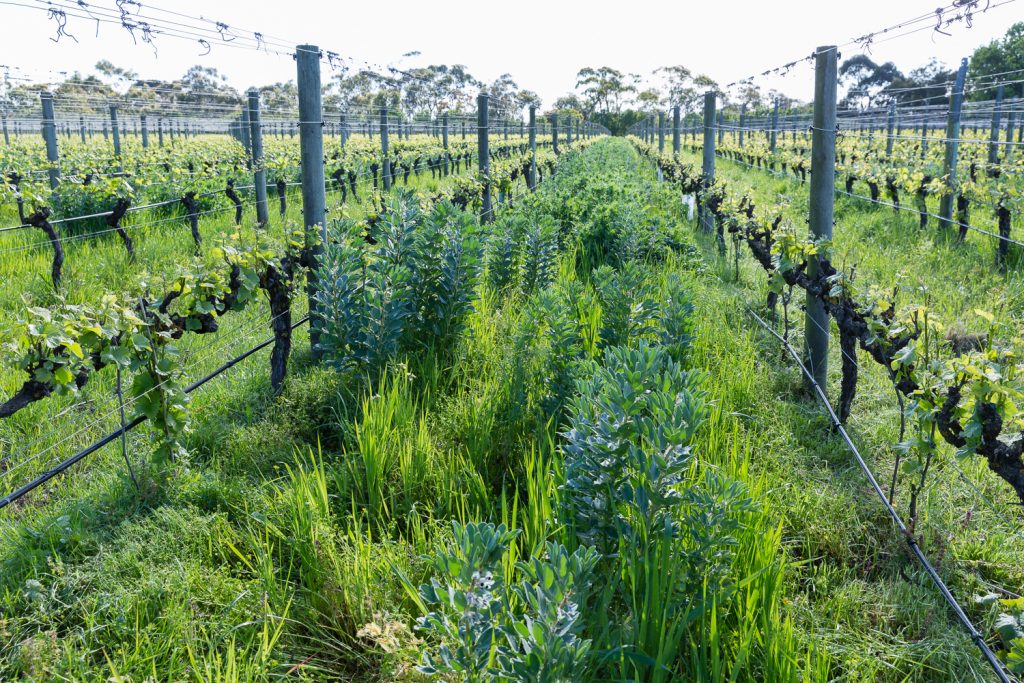
But he said that the extra effort required only strengthens the bond between producer and their land.
“In some ways, keeping a vineyard and winery operating sustainably and environmentally friendlier than traditional wineries and vineyards is more difficult because of the additional time you are required to input,” he said.
“The processes are more intensive, but the upside is that it keeps you more in tune and in sync with your vineyard. You tend to see issues arising more clearly, and the solutions to solve them – you become quicker to respond.”
In Crittenden’s view, the current state of sustainable viticulture of Australia requires more work overall, despite a good number of growers embracing it.
He said that while there is widespread awareness about sustainable vineyard practices, there hasn’t been enough action.
“There’s a lot more work needed around the nation to really call ourselves, as wine producers and growers, sustainable,” he said.
“Currently, there’s definitely a lot of awareness [about] the benefits of sustainable viticulture, but a lot of growers are still daunted by time, effort and costs involved to transition their sites for the better.
“However, I do believe we, as a wine producing nation, are at a tipping point for sustainable viticulture. We’re at that point in time where the consumer is consciously purchasing wines that they know have been grown and made sustainably – this will shape the market the wine industry will produce for in the future.
“The wine consumer market is becoming increasingly more aware and ecofriendly-orientated, and that’s much better than 10 years ago, but there’s still a long way to go.”
This article was originally published in the March issue of the Australian & New Zealand Grapegrower & Winemaker. To find out more about our monthly magazine, or to subscribe, click here!

